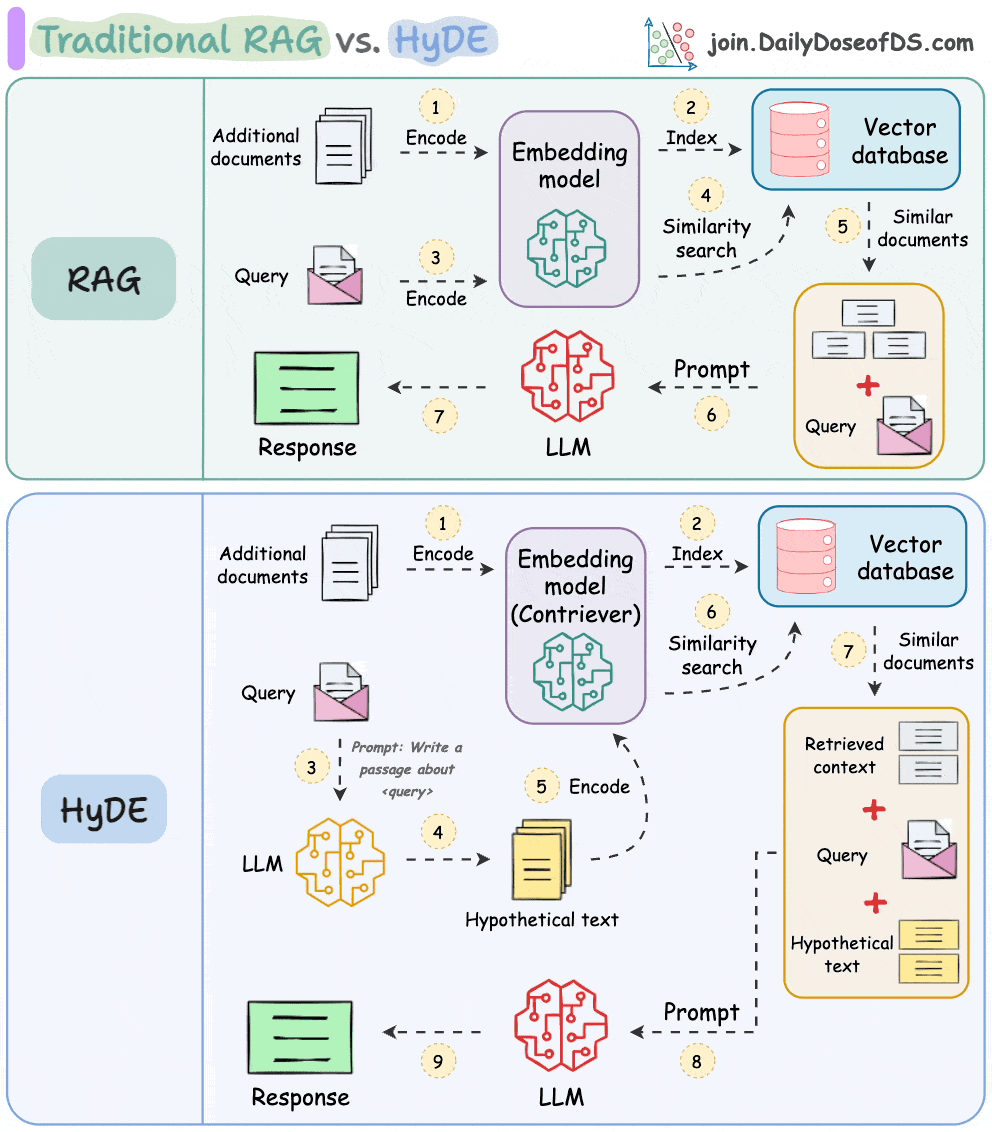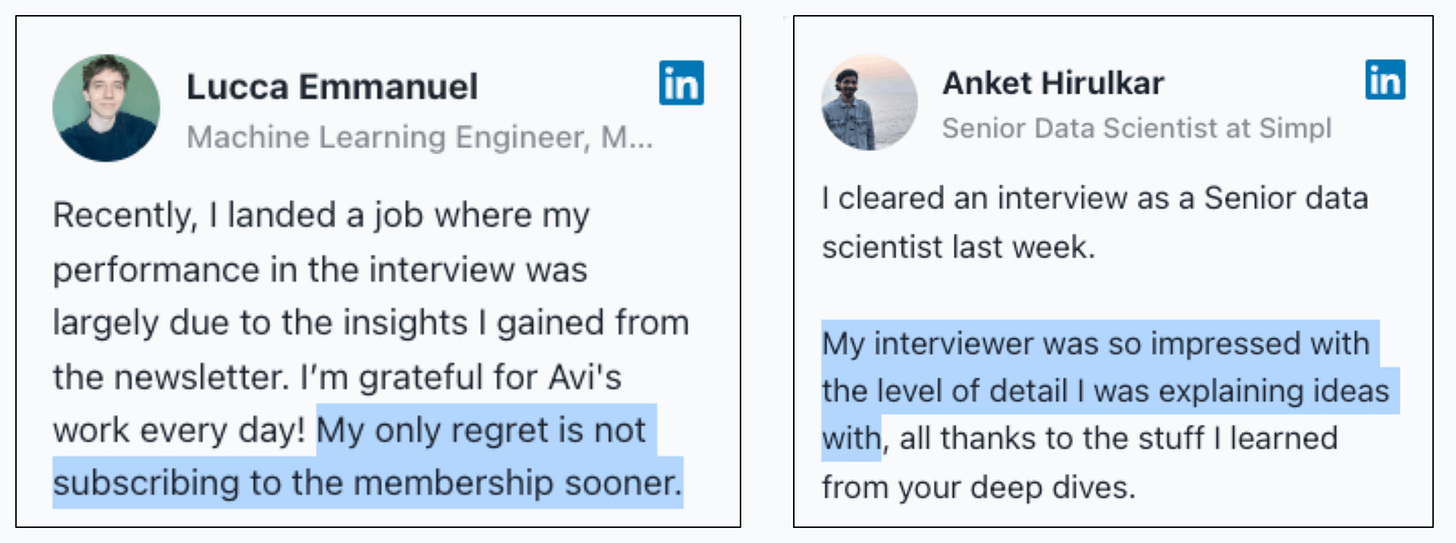9 RAG, LLM, and AI Agent Cheat Sheets
...for AI engineers (explained with visuals).
CodeRabbit: Cut Code Review Time & Bugs in Half!
Writing code isn’t the bottleneck anymore—reviewing is.
While the rest of your dev stack runs on AI, code reviews are still stuck in 2010—Slow, manual, and inconsistent.
We use CodeRabbit on our ai-engineering-hub repo and it’s like having a principal engineer review every pull request instantly.
Here’s why we like it:
It reviews all PRs instantly.
It adapts to the org’s coding standards.
It lets me chat with a PR and give suggestions.
It understands my codebase and respects my lint config.
It documents the code and fixes pipelines right in the PR.
It flags bugs, security issues, typos—and even offers one-click fixes.
CodeRabbit is used by 1M+ repos, and it has reviewed over 5M PRs.
Free for open-source, and has a 2-click setup.
Integrate CodeRabbit with your projects here for free →
Thanks to CodeRabbit for partnering on today’s issue!
9 RAG, LLM, and AI Agent Cheat Sheets
We have published several visual cheat sheets in this newsletter before.
Here's a recap of them along with links to those specific issues if you want to learn more.
#1) Transformer vs. Mixture of Experts in LLMs
Mixture of Experts (MoE) is a popular architecture that uses different "experts" to improve Transformer models.
The visual below explains how they differ from Transformers.
#2) 5 techniques to fine-tune LLMs
Traditional fine-tuning is infeasible with LLMs since they have billions of parameters (and 100s of GBs in size).
#3) RAG vs Agentic RAG
Naive RAG retrieves once and generates once, it cannot dynamically search for more info, and it cannot reason through complex queries.
Agentic RAG solves this.
#4) 5 popular Agentic AI design patterns
Agentic behaviors allow LLMs to refine their output by incorporating self-evaluation, planning, and collaboration!
This visual depicts the 5 popular design patterns for building AI agents.
#5) 5 chunking strategies for RAG
In RAG, additional document(s) can be pretty large. Chunking divides large documents into smaller/manageable pieces.
The visual shows five chunking strategies for RAG.
#6) 5 levels of Agentic AI systems
Agentic systems don't just generate text; they make decisions, call functions, and even run autonomous workflows.
The visual explains 5 levels of AI agency.
#7) Traditional RAG vs HyDE
Questions are not semantically similar to answers so the system may retrieve irrelevant context.
In HyDE, first generate a hypothetical answer (H) to query. Then, use (H) to retrieve relevant context (C).
#8) RAG vs Graph RAG
Answering questions that need global context is difficult with traditional RAG since it only retrieves the top-k relevant chunks.
Graph RAG makes RAG more robust with graph structures.
#9) KV caching
KV caching is a technique used to speed up LLM inference.
Thanks for reading!
P.S. For those wanting to develop “Industry ML” expertise:
At the end of the day, all businesses care about impact. That’s it!
Can you reduce costs?
Drive revenue?
Can you scale ML models?
Predict trends before they happen?
We have discussed several other topics (with implementations) that align with such topics.
Here are some of them:
Learn how to build Agentic systems in an ongoing crash course with 6 parts.
Learn how to build real-world RAG apps and evaluate and scale them in this crash course.
Learn sophisticated graph architectures and how to train them on graph data in this crash course.
So many real-world NLP systems rely on pairwise context scoring. Learn scalable approaches here.
Learn how to run large models on small devices using Quantization techniques.
Learn how to generate prediction intervals or sets with strong statistical guarantees for increasing trust using Conformal Predictions.
Learn how to identify causal relationships and answer business questions using causal inference in this crash course.
Learn how to scale and implement ML model training in this practical guide.
Learn techniques to reliably test new models in production.
Learn how to build privacy-first ML systems using Federated Learning.
Learn 6 techniques with implementation to compress ML models.
All these resources will help you cultivate key skills that businesses and companies care about the most.














Really really insightful